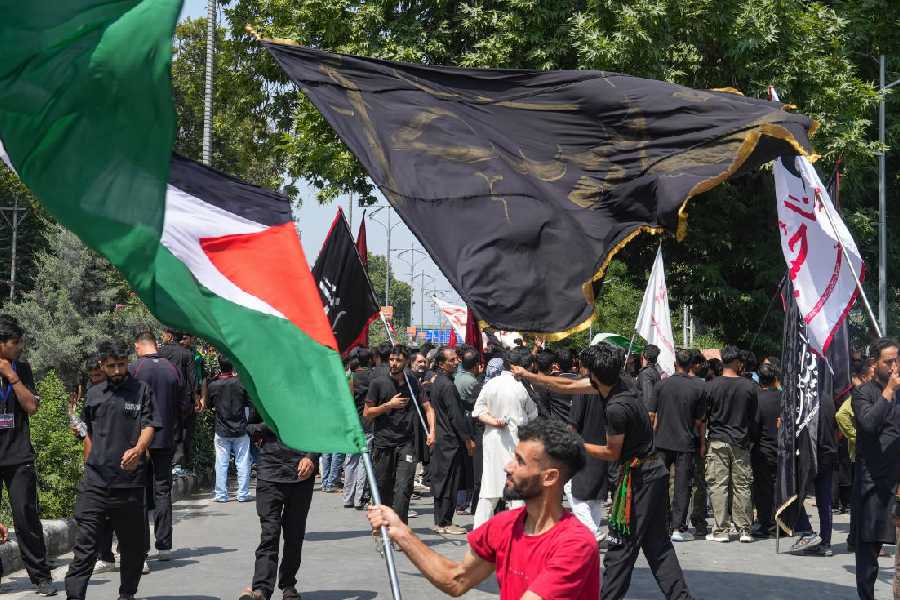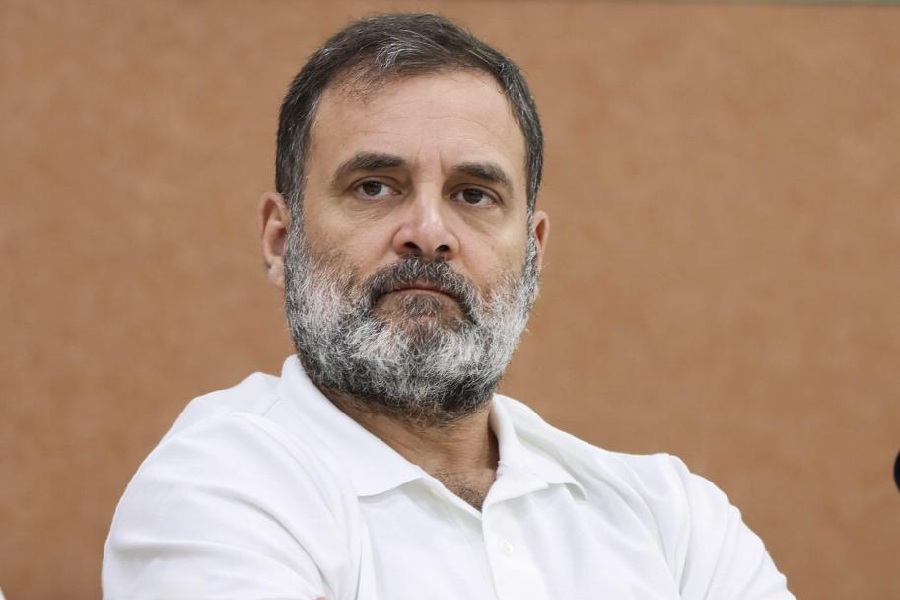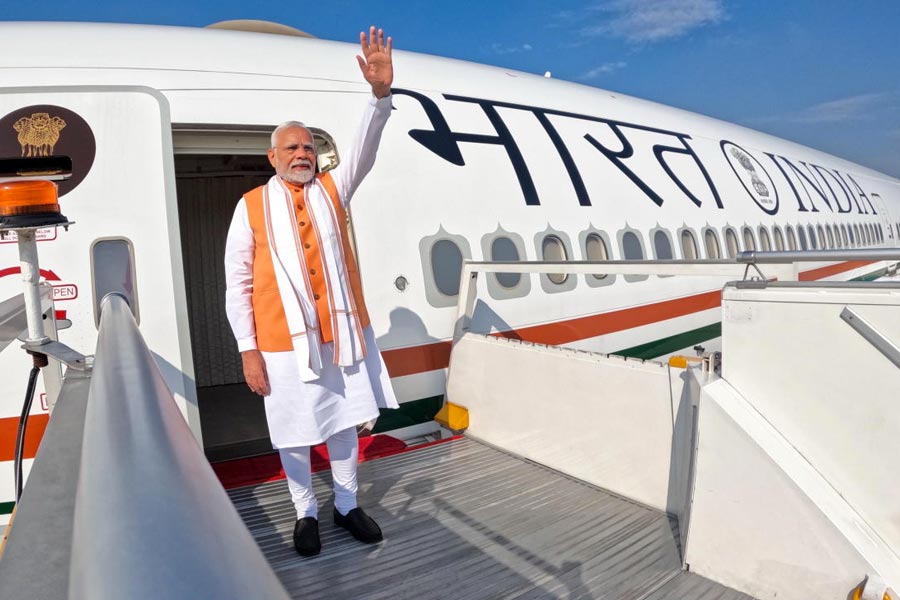 |
| A veterinarian in a protective mask outside the bird flu-affected farm in Navapur on Sunday. (Reuters) |
Navapur (Nandurbar), Feb. 19: Ismail Khan can’t believe this is happening to the business he inherited from his father.
Overnight, the 34-year-old has lost what he claims were 3,000 perfectly healthy chickens. He will bury 7,000 more into a 10-foot by 10-foot pit at a corner of his farm on Monday morning.
“Bird flu is utter rubbish. Nothing has happened to my chickens, come and see for yourself,” Ismail says, pointing towards a large shed.
The aluminium shed has rows and rows of clucking hens with sparkling white feathers, some of whom have just laid eggs. Inside the noisy, stinking shed, one of Ismail’s men quietly collects the eggs in a plastic bucket, as if aware that nothing of this would perhaps exist tomorrow. “We have to collect the eggs anyway,” Ismail says. “If they start rotting, they stink even more.”
Like other poultry owners, Ismail clearly smells something rotten in the government’s move to cull tens of thousands of chickens to prevent an avian flu epidemic.
Ismail’s business would be virtually wiped out when all the 10,000 birds he has been breeding are destroyed by teams of animal husbandry department officials.
“I buried 3,000 live birds all night in this pit,” he says. A dozen and odd white feathers are still strewn over the brown earth filled into the pit.
The government’s instructions are clear: wring the birds’ necks inside a plastic bag, bury them and cover the pit with lime and other disinfectants.
An uncanny silence prevails at many of the 52 poultry farms spread over the Maharashtra Industrial Development Corporation area, 2 km from Navapur town.
Inside the 250-foot-long chicken sheds, a thick layer of white feathers covers the birds’ faeces, the prime source of infection. Apart from some stray dogs guarding them, groups of veterinary teams, covered from head to toe in light-blue masks, gloves, and swimming goggles, descend on these to disinfect the premises.
Ganesh, who operates a JCB machine, goes from farm to farm to dig the pits where the birds are buried. A swarm of strange-coloured flies invades the area.
In Navapur town, there is no sense of panic.
Groups of people wait outside TV shops enjoying the last India-Pakistan one-dayer. Unlike the culling and quarantine teams, the people have no use for face masks, nor are they bothered by the public announcements the municipal office is making, warning them about the deadly virus.
At the government rest house, political leaders and poultry farm owners take turns basking in the attention suddenly being showered on this town by TV channels.
The five chicken shops in the local market, though, were shut down yesterday.
Chief minister Vilasrao Deshmukh has said 9 lakh birds would be culled by tomorrow, but animal husbandry minister Anees Ahmed revealed only 20,000 had been destroyed since this morning.










